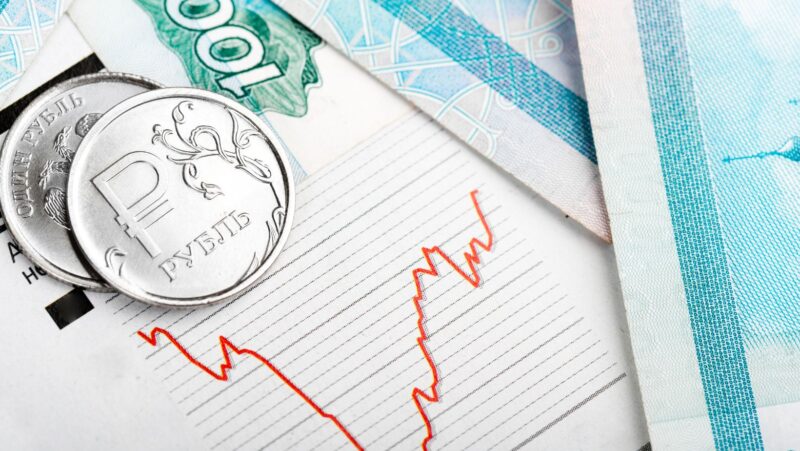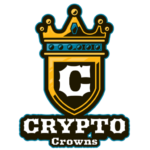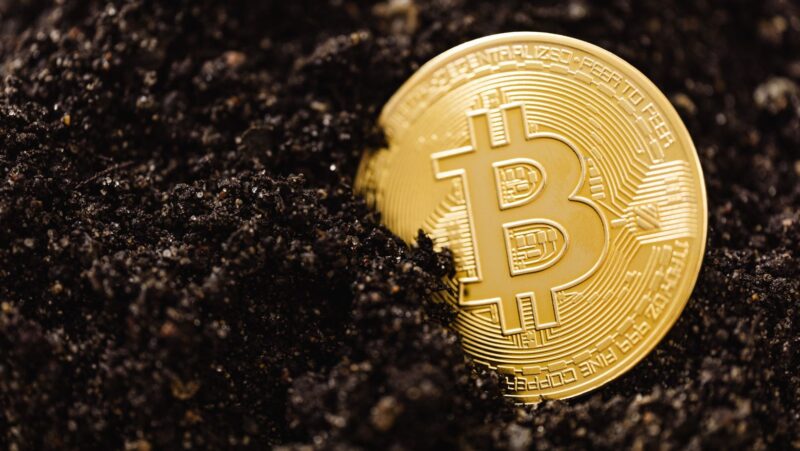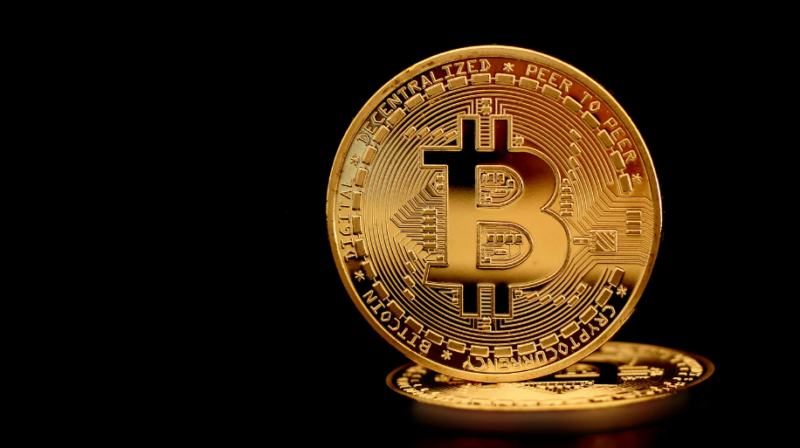
DEXs are platforms where there is no middleman in the form of a bank and other companies: people can exchange crypts directly, according to the rates indicated in a platform. This means that no one can get in and take away your coins or prevent you from buying and selling as you wish. DeFi exchanges are not that new, but they have become significantly easier and faster in the recent past.
Let’s explore the history of DEXs by looking at two important examples: EtherDelta and Uniswap, which are prominent examples of decentralized platforms that provide the opportunity to carry out operations with tokens. And how could a DEX aggregator LI.FI simplify the decentralised exchange swaps.
EtherDelta: A Pioneering but Imperfect DEX
One of the first examples of a DEX that attracted considerable attention is EtherDelta, which began its work in 2016. It used the order book model like the old-fashioned centralized exchanges. They would set their bid and ask prices, and transactions occurred when the bid and ask orders matched. Although EtherDelta served as a decentralized exchange that replaced a centralized platform, it had its disadvantages. The user interface was convoluted and had no features that are characteristic of the user interfaces of centralised exchanges.
Uniswap and the Rise of Automated Market Makers (AMMs)
In 2018, a revolutionary concept emerged in the DEX space: AMMs also widely referred to as Decentralized Autonomous Organizations (DAOs). AMM was initiated by Uniswap with liquidity pools instead of an order book. It is a set of digital assets where users contribute to act as market makers in several cryptocurrencies.
 AMM protocols consist of formulas to provide the ratio for exchanging the assets within the pool and its price based on supply and demand. This also does away with the need for counterparties to directly match the existing orders enhancing an efficient trading system.
AMM protocols consist of formulas to provide the ratio for exchanging the assets within the pool and its price based on supply and demand. This also does away with the need for counterparties to directly match the existing orders enhancing an efficient trading system.
Uniswap’s cool way of trading crypto (AMM model) was a big hit, and now there are many other places to trade crypto like this too. Now there are tons of DEXs using this AMM model, offering all sorts of cryptocurrencies to trade.
Uniswap is facing slow and expensive transactions due to limitations on the Ethereum network. To fix this, Uniswap can also be found on Layer 2 solutions like Optimism. These act like shortcuts, processing transactions faster and cheaper without leaving the Ethereum network entirely. This means you can swap your crypto on Uniswap (and other platforms) much quicker and for less money.
LI.FI: Simplifying Decentralised Exchange Swaps
While AMMs have significantly improved the user experience of DEXs, navigating the complex field of different platforms and liquidity pools can still be challenging. This is where LI.FI comes in. LI.FI acts as a bridge between users and various DEXs, allowing for seamless swaps across different protocols.

Through LI.FI, users can specify the cryptocurrency they want to swap and the desired amount. The platform then searches across multiple DEXs to find the best possible exchange rate, ensuring users get the most out of their trades.
The evolution of DEXs, from the early days of EtherDelta to the sophisticated AMM-powered platforms like Uniswap, demonstrates the continuous progress towards a more user-friendly and efficient decentralised trading experience, with tools like LI.FI further streamlines the process, and DEXs are poised to become a dominant force in the future of cryptocurrency trading.



